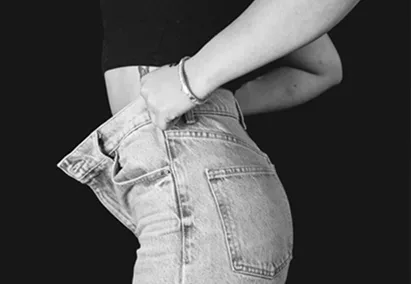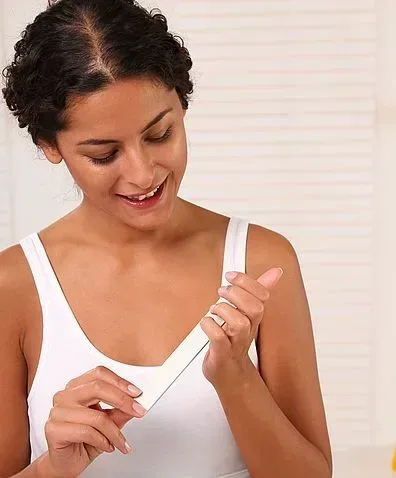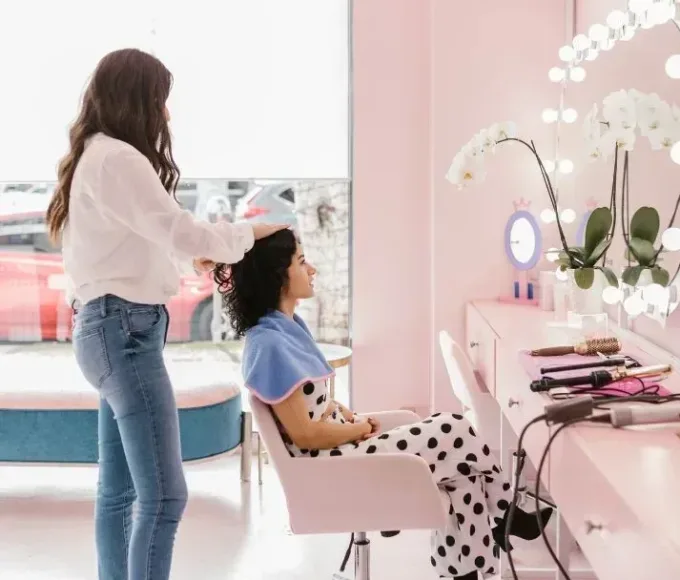
A mole on your skin is also known as a nevus, or a beauty mark. It is very common to have moles and most are harmless. They’re not contagious and they shouldn’t hurt, itch, or bleed.
Why should I check my skin for moles?
The skin is the largest organ in the human body and one of the few organs you can see. Being proactive about preventing skin cancer is important for your health. This is especially true if:
– You have fair skin.
– You have many moles on your body.
– Your immediate family members have many moles, atypical moles, or a history of skin cancer.
In addition to limiting your exposure to sunlight and using sunscreen every day, examining your moles increases the chances of early detection and treatment of melanoma and other types of skin cancers.
What should I look for when examining my skin moles?
Most skin moles are benign (non-cancerous). The moles that are of medical concern are those that look different than other existing moles on your body (referred to as the “ugly duckling sign”) or those that appear on your skin after age 30. If you notice changes in any mole's color, thickness, size, or shape, you should see a dermatologist. You also should have your moles checked if they bleed, ooze, itch, scale, or become tender or painful.
The ABCDEs are important signs of moles that could be cancerous. If a mole displays any of the signs listed below, have it checked immediately by a dermatologist:
Asymmetry: If one half of your skin mole does not match the other half.
Border: If the border or edges of your mole are ragged, blurred or irregular.
Color: If the color of your mole is not the same throughout, or it has shades of multiple colors such as tan, brown, black, blue, white, or red.
Diameter: If the diameter of your mole is larger than the eraser of a pencil.
Elevation/Evolution: If your mole becomes raised after being flat, or it changes over a short period of time.
Don’t hesitate to contact your healthcare provider if you have concerns!
Sources: Cleveland Clinic
Recent Posts
Related Articles
Tips for stronger nails
Our nails can send lots of messages to others, and weak or...
June 19, 2023The haircut for your face shape
When it comes to picking a fresh haircut, your face shape is...
June 19, 2023Skincare rutine at the end of a busy week
A weekly skincare routine can save you if your skin has started...
June 19, 2023How to identify your skin type
All skin types can benefit from daily cleansing and moisturizing, but different...
June 19, 2023

























Leave a comment